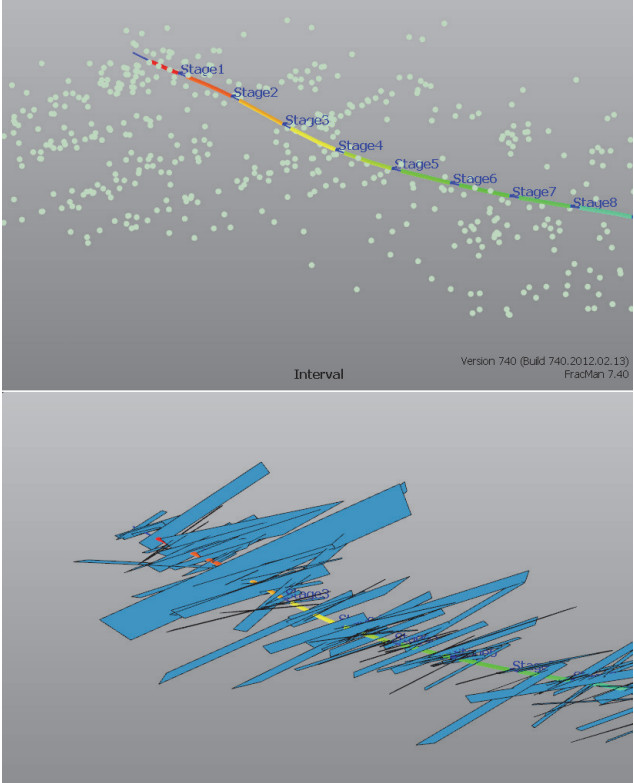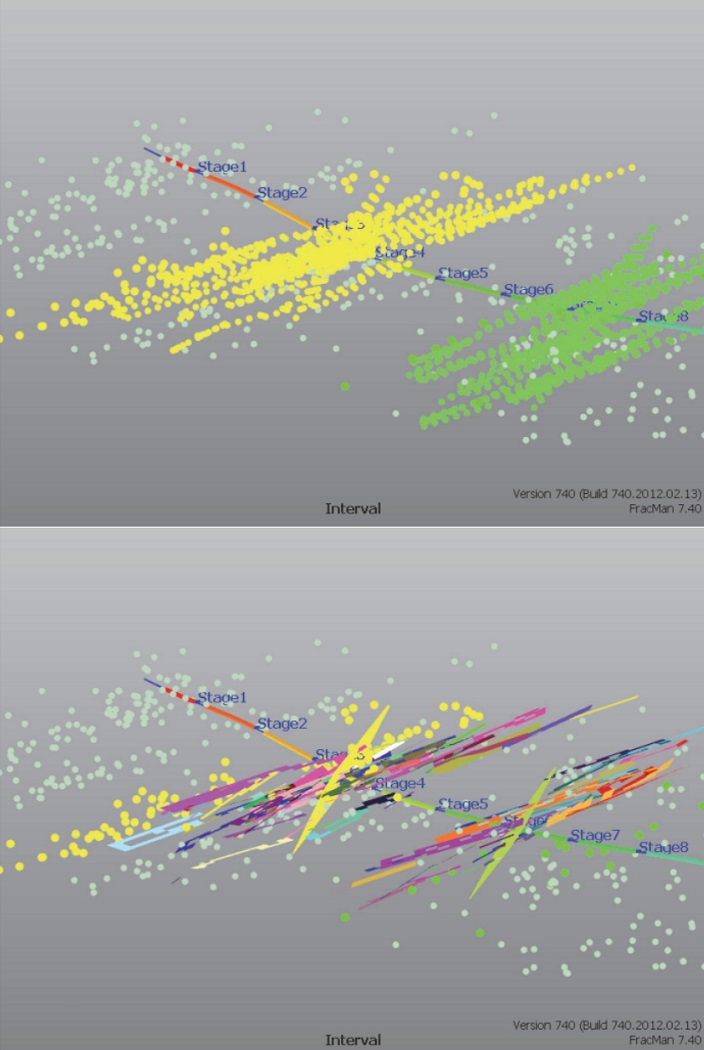Fractured, Fracturing, and Fracked Reservoirs
Fracture and structural analysis and modeling
3-day short course
- Focus on aspects of geological analysis related to fracture development
- Present an integrated approach to the analysis of natural fractures related to geological strain and induced/triggered fracturing related to reservoir production and stimulation activities
- Case study examples are primarily from oil and gas, with a few relevant examples from other industries
- Hands-on exercises use industry-standard software to further illustrate data analysis and modeling methodology
Course Content and Intent


This is a 3-day course covering aspects of structural analysis related to natural fracture development, induced and reactivated fracturing from hydraulic fracture stimulation, and how the states of stress in the earth impact all types of fracturing. Models of the relationships of natural seismicity to faults and induced microseismicity to reservoir fractures are presented, with a brief review of focal mechanism solutions and orientation analysis. Descriptions of various methods of microseismic data acquisition, discussion of interpretations of microseismic mapping results are presented, along with methods for using microseismic data to generate flow properties for stimulated reservoirs. Methods for developing fracture constraints to use in geologic models that include fracture flow properties are discussed and demonstrated using and JMP statistical analysis software to illustrate examples of how to constrain fracture models. Students use software to work through hand's on exercises in fracture analysis, discrete fracture network modeling and fracture property upscaling.
For detailed course information, scheduling, and pricing contact info@confractusing.com
This course was recently given at King Abdulla University of Science and Technology
Read the course recap and learn about KAUST

